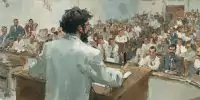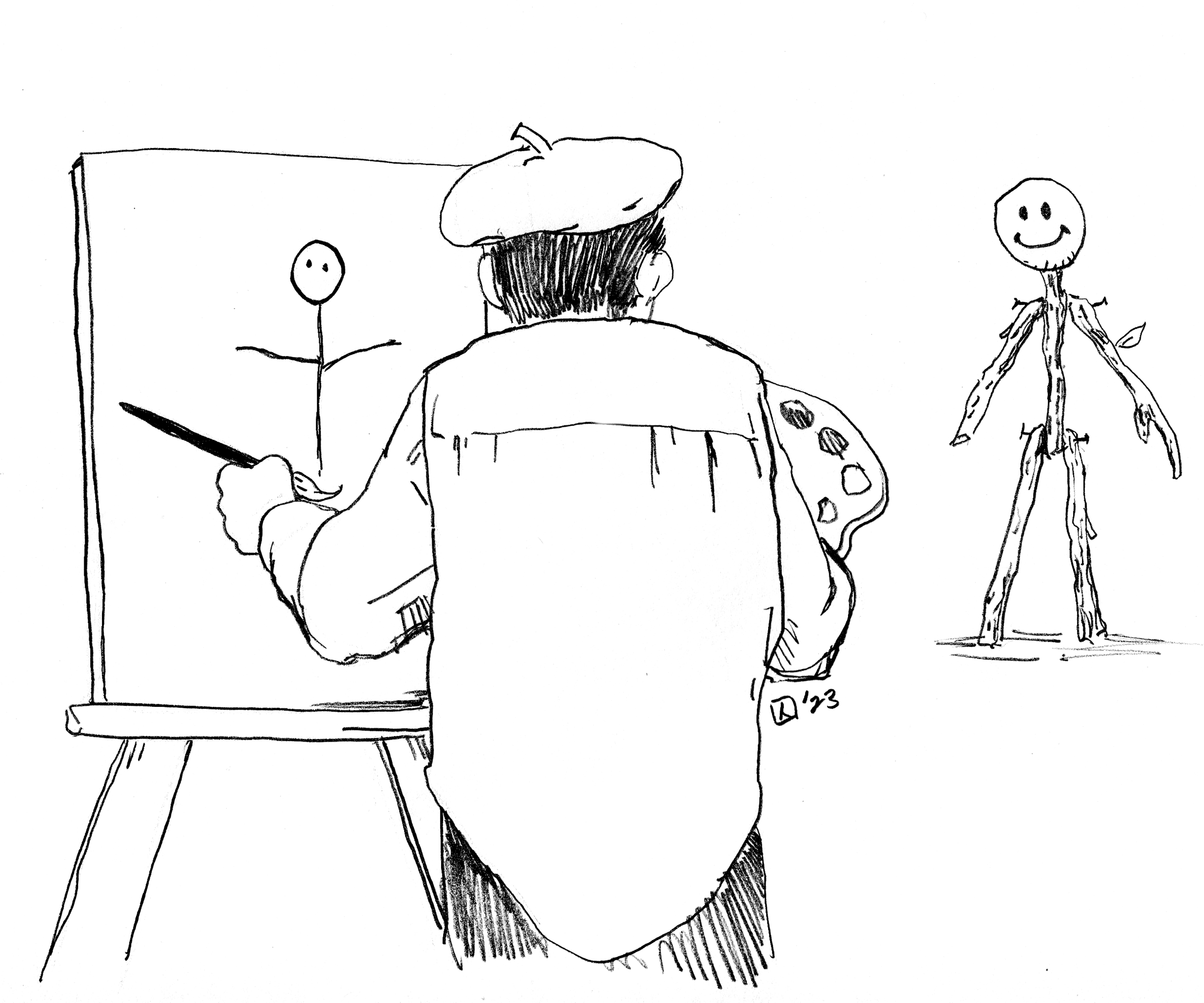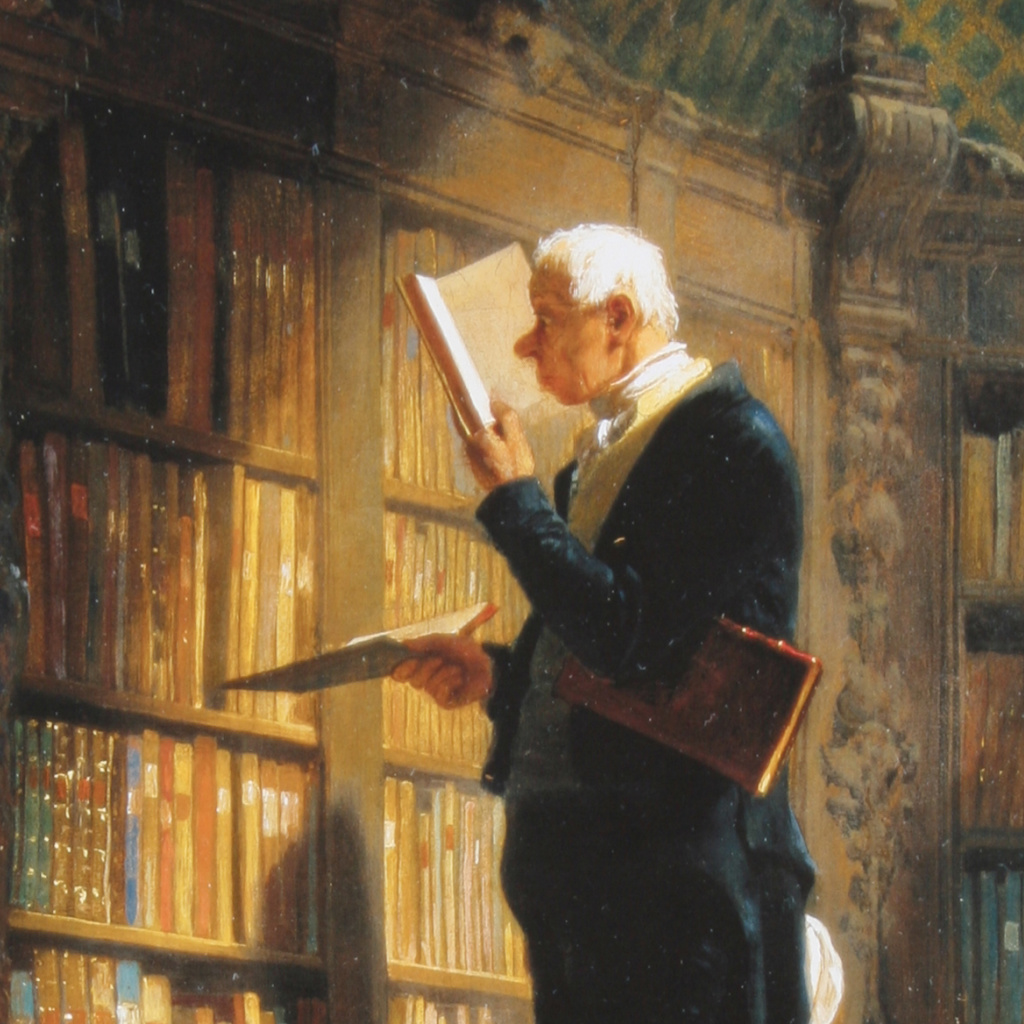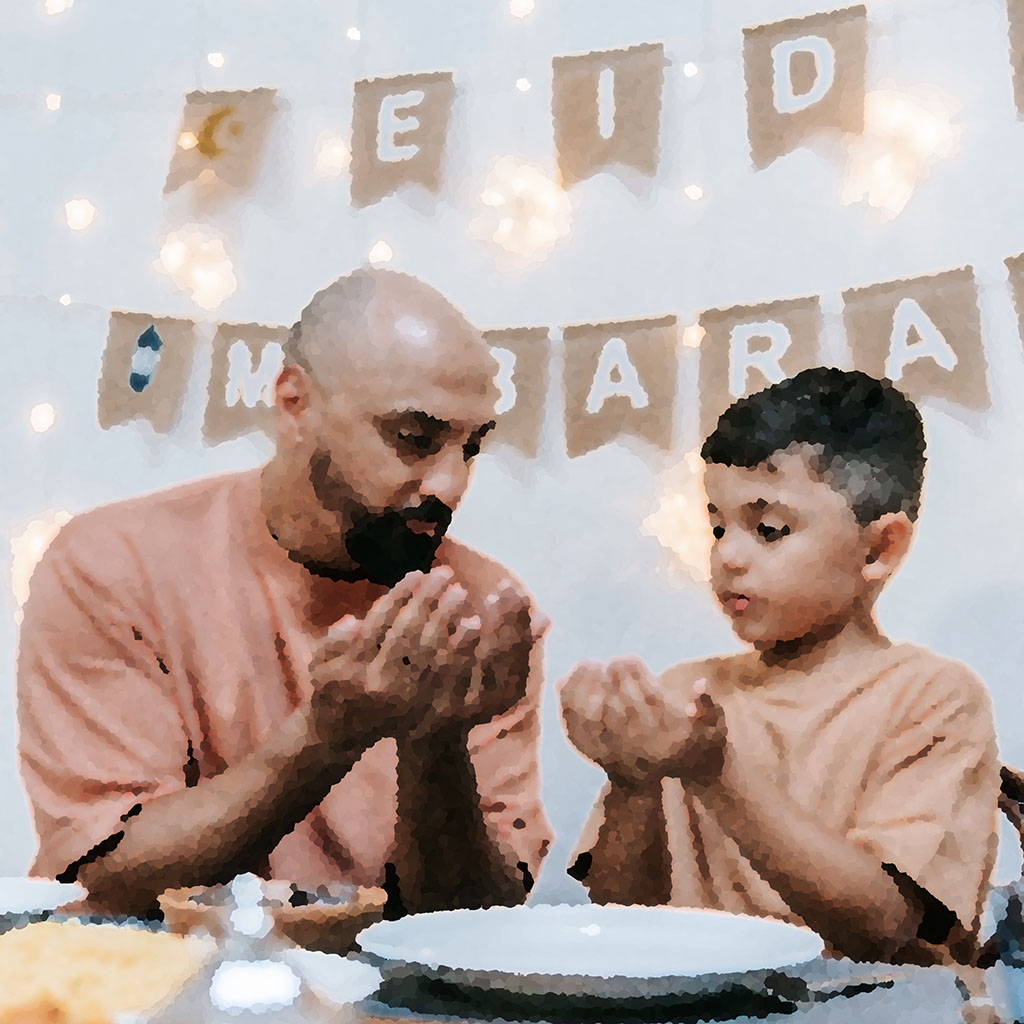Summary – Pyre is interrogating Sam, who shouts scripture at him about the “one mighty and strong.” Pyre uses false details about the murder to trick Sam into revealing that he isn’t the murderer. The police chief is getting ready to release the brothers, so Taba stalls him while Pyre talks to Robin about his brothers’ involvement in the “School of the Prophets” and gets him to reveal two names: Bernard Brady, a Provo businessman, and Prophet Onias.
The detectives follow up with Bishop Low and his wife, located at the end of the last episode, asking them about the excommunication of Dan and Ron. The bishop is reluctant to reveal details because of clergy confidentiality but eventually reveals that Dan was excommunicated based on the testimony of his daughters that he attempted to forcibly take them as polygamous wives. We get a flashback to a heartbreaking scene where Matilda has sex with Dan to distract him as her daughters escape out a window in the middle of the night. Dan was excommunicated, and the girls were placed with a family in the ward (as the bishop refused to call CPS) but later ran away, and now they and their brother are missing. At his daughter’s baby blessing, Ron confronts the bishop about his brother’s excommunication, not knowing about Dan’s attempted polygamy and thinking that it’s about his political beliefs. Brenda has a conversation with Sister Low and Diana, indicating that both know that Ron is abusing her but only Brenda is willing to do anything about it. In fact, Sister Low feeds Diana a line about how her only duty is “creating a home and environment to sustain and support our Priesthood holder.” To Detective Pyre, the bishop claims to have followed church procedure but eventually encouraged Diana to leave and gave her money to do so.
The detectives follow up on Robin’s lead about Bernard Brady by arriving at his house in the foothills of Provo with a warrant. We find out that the Bradys sheltered Ron when he was having a hard time. In a flashback, Ron receives a summons to a church disciplinary court and blames Diana for it. He punches her in the face and begins throwing the food she’s preparing on the floor, saying he’ll starve her into obedience. Diana grabs a kitchen knife and drives Ron from the house, telling him not to come back. Back in the present, Bernard admits to being in the School of the Prophets study group and driving miles to pick up Prophet Onias and the Laffertys but denies being further into the group than that. But when he sends his wife out of the room to make lemonade, he produces a notarized letter he sent to himself with details of the Laffertys’ hit list, including that Diana is on the list because she wrote a letter that got Ron excommunicated. The detectives rightly chastise him for not taking this information to the police earlier.
Brady reveals that he knows the location of “the farm,” a Lafferty compound. With Allen’s help in drawing a map, the detectives plan to stake out the property in the morning. Detective Pyre returns home for FHE and finds that his wife and kids have been invited to the bishop’s house for the evening and are spending the night there. Pyre believes this is an attempt to keep an eye on his family and control the narrative about the case. The next morning on the way to the raid of the farm, Pyre questions Brady about the details of Ron’s excommunication, which we see in flashback. He is indeed excommunicated after lashing out at the church leaders about them not following the “correct” doctrines of the church. When Ron returns home, he finds that his teenage daughter has cut the markings out of his garments, which he puts on anyway with only a sports coat and jeans over the top. He says goodbye to his kids and leaves the home.
When the farm is raided, the only people inside are three teenage girls, who we learn are from a polygamous compound in British Columbia and were brought down by Prophet Onias to be Ron’s wives. The girls show the detectives a cupboard they had been forbidden to touch, which the detectives open to reveal a single shirt belonging to Ron with some papers in the pocket, a hit list, and a revelation directed at Diana commanding her to repent and return to him. Allen is in disbelief that Ron could have written these things, but Brady confirms that Ron is a violent man. He explains that Ron fled to his parents’ home after his excommunication, where his mother confirms his calling as “the one mighty and strong” and says he’s only a heartbeat away from his rightful place. His father is lying sick in bed and asks Ron to call a doctor, but Ron recalls his cruelty to them as children and refuses. It’s implied that he indirectly caused his father’s death in order to take over the leadership of the family.
Church History—This episode contains the most fabricated piece of church history in the show. When Bernard Brady reveals that Diana’s information led to Ron’s excommunication, he makes an analogy to Joseph Smith’s martyrdom. He claims that while Joseph was in hiding after destroying the press of the Nauvoo Expositor, Emma wrote a letter to Joseph encouraging him. John Taylor intercepts this letter and adds a line meant to make Joseph turn himself in, thus indirectly causing the prophet’s death. Taylor’s motive is to put Brigham Young at the head of the church, instead of Emma’s young son, in order to continue the doctrine of polygamy, which he and Brigham are already heavily involved in. Reputable historians both in and out of the church say there is no evidence to support this interpretation of events, though the succession crisis between Brigham Young and the ten-year-old Joseph Smith III is real and led to the creation of many of the smaller sects of Mormonism still extant to this day.
A more minor misstep is Allen’s misunderstanding of the phrase “School of the Prophets.” He questions the use of the plural “prophets,” saying “there can only be one.” While this fits nicely into the theme of the episode, it’s incorrect on two counts. First, LDS members sustain all 15 members of the First Presidency and Quorum of the Twelve Apostles as “prophets, seers, and revelators,” so while there is only one Prophet at a time, there are also 15 prophets for the church. Secondly, and more inexplicably, neither Pyre nor Allen catches that the title of the group is a reference to the historical “School of the Prophets” that Joseph Smith ran in Kirtland and Nauvoo. In this school, church leaders gathered to study spiritual and secular subjects. I am surprised that neither character has heard of this and that a show so supposedly obsessed with church history doesn’t bring it up (in some twistedly sinister incarnation, of course).
Shibboleths—Pyre asks if the Laffertys are trying to “unseat” President Kimball as the prophet. This language makes little sense from an LDS perspective: despite its name, the office of church president isn’t one you can campaign for or get elected to. Bishop Low refers to events at Ron’s daughter’s “naming ceremony,” which Latter-day Saints would call a “baby blessing.” It seems like the term was changed to make it more understandable to a non-LDS audience, but is it really that hard to use the real term and then show them giving the baby a name? People outside the church are familiar with christenings and will get the idea. And we get more terrible “maid and butler” dialogue when the Bradys slip into their discussion a list of all the scriptures the study group was reading: “Old Testament, New Testament, Book of Mormon, Doctrine and Covenants, Pearl of Great Price …” This list has no relevance to the scene and sticks out super awkwardly as Pyre would already know this list and Taba has no need to know.
The Bradys also make it sound like it’s very normal to pick up a random “prophet” from miles away to attend their scripture study. On the contrary, this is very abnormal as LDS wards are geographically based. In Utah, everyone you go to church with would live within a few blocks of each other. The show also gives the impression that Ron only owns a singular pair of temple garments when most people own at least a dozen sets. It’s also strange that his daughter destroys them; children can’t attend the temple until they are adults and someone her age wouldn’t understand the significance of destroying the marks. Ron also would have been wearing a set of garments to the church court, so the whole scene doesn’t make any logical sense.
Hungry for Converts?—Detective Taba distracts the police chief and stake president by showing them pictures of his children. He heavily implies that the stake president was only interested in them as potential converts to the church. This kind of mercenary attitude towards people isn’t common among the church members I know. Sure, there are misguided missionaries looking to make themselves look good with high baptism numbers (they usually get humbled pretty quickly). Occasionally, inconsiderate members drop friends when they don’t express interest in conversion (something church leaders have counseled us against). We aren’t uniformly perfect at these principles as a people. But when most Latter-day Saints share the gospel, it’s because we genuinely think that the principles of the gospel bless our lives and want to help others have those same blessings. It’s insulting and dehumanizing to imply that we can’t even look at someone’s pictures of their kids without seeing them as baptismal numbers.
Permission for Polygamy—Taba reductively states regarding polygamy, “Let me get this straight: if a wife objects to other wives, it’s a-okay to blood atone her?” This idea completely misstates how the doctrine of polygamy, known as the law of Sarah after the biblical matriarch who gave her handmaid Hagar to Abraham as a second wife, is written in the Doctrine and Covenants and how it was practiced in the early days of the church. It definitely did not involve giving husbands permission to kill their wives if they were denied polygamy. As I said, I am not an expert in LDS history or doctrine, but much more careful and nuanced looks at this doctrine are out there. I won’t say that it’s a part of LDS scripture that I’m extremely comfortable with, but it’s not as black-and-white evil as Taba’s unchallenged statement implies.
Interview with a Bishop—This episode persists in portraying local church leadership as being more concerned about the church’s reputation and maintaining control than the spiritual health of their congregation. The most egregious example is at Ron’s disciplinary council, where the stake president expresses more concern about Ron talking back to his bishop than about the “other matter of violence in your home.” The idea that Pyre’s bishop is keeping an eye on his family by having them stay the night is strange, not something I have ever heard of a bishop doing. More believable is Dan’s bishop not calling CPS or reporting Diana’s abuse to the police. While I would hope that most bishops would do these things (and it’s current church policy to do so), many in the church were extremely wary of government involvement and tried to deal with these things themselves. This has led to victims often not being protected in the name of mercy and working out problems through counseling. It’s not an excuse for these problems, but it’s important to remember that bishops and stake presidents are lay members who don’t have training as full-time clergy. Much in the functioning of a ward is up to the attitudes of the current bishop, who could be anyone from the vice president of a large tech company to a UPS driver (yes, I’ve had both). A good portrayal of this problem could have led to important conversations in our community, had Banner been a different show with more respect to the LDS community.
Rings True – In the Bradys, we finally get a good look at a much more normal-looking LDS family. I recognized their family and home as similar to many in my own childhood. This makes it all the more disturbing when we find out exactly how deep Bernard got into the Laffertys’ nonsense before getting out—finally a moment where the show’s supposed contrast between ordinary members and fringe fundamentalists was pulled off effectively for me. Off the rails study groups like the “School of the Prophets” in the show contributed to the church’s official ban on informal gatherings of members to study the gospel over much of my lifetime, a policy that has recently been somewhat lifted with the introduction of the Come, Follow Me curriculum. Also, I knew exactly what Pyre was referencing when he talked about his daughter making cutouts for Family Home Evening, though I was disappointed the show didn’t actually show the flannel board dioramas that were a huge part of my childhood gospel instruction.















